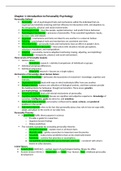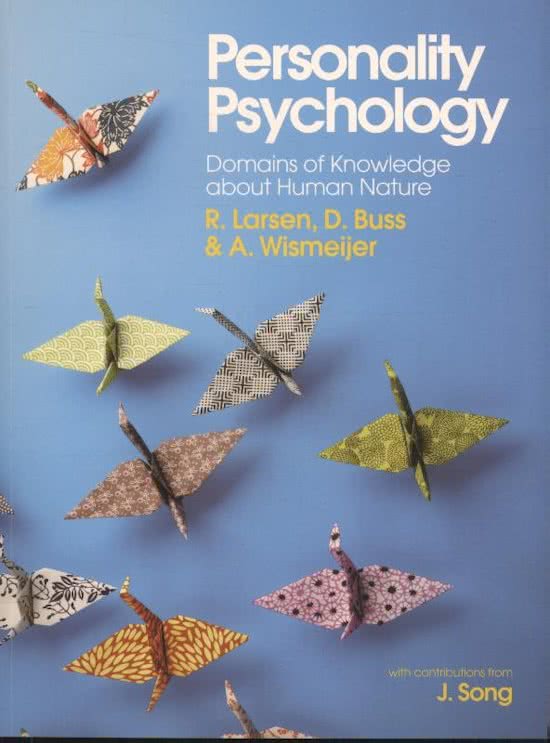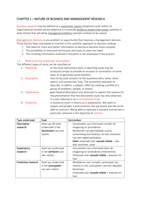Summary
Psychology of Personality - Summary, Tilburg University (9)
- Course
- Institution
- Book
A summary of the course Psychology of Personality and I got a 9 with this summary. The summary consists of the lectures of professor van Scheppingen and the chapter 1-8, 10, 11 13, 14, 15,16, 18, 19 of the book "Personality Psychology" from Larsen, Buss, Wismeijer and Song. The summary also incl...
[Show more]






